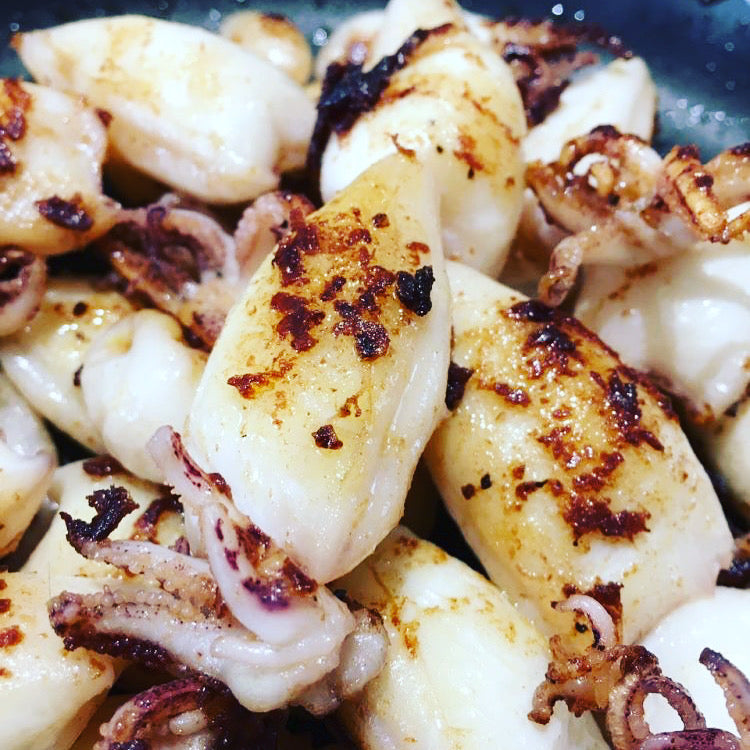
Unveiling the Mysteries of Squid Anatomy: The Truth About "Plastic" in Squid
Share
Unveiling the Mysteries of Squid Anatomy: The Truth About "Plastic" in Squid
Squid or Calamari is a firm favourite on many SA menu’s and home a like. Over the years we have heard, people saying they have found plastic on their squid.
The good news is that this is not true.
This is myth and although it appears that plastic is found in squid, it is actually the squids back bone that is made up of a clear Cartlidge that almost looks like a piece of clear plastic. So this is much like finding a bone in a piece of fish you have been eating.
Squid, with their fascinating features and elusive nature, have long captured the imagination of both scientists and seafood enthusiasts. However, a common misconception has arisen regarding the plastic-like substance found in squid. Contrary to popular belief, this is not plastic but a crucial part of the squid's anatomy.
The Misconception:
Many people are alarmed when they discover a plastic-like substance in squid, assuming it to be a result of pollution in our oceans. However, this misconception arises from a lack of understanding about the intricate anatomy of these cephalopods.
The Squid's Backbone:
The so-called "plastic" found in squid is, in fact, the pen, a unique internal structure that serves as the squid's backbone. The pen is a flexible and translucent structure made of chitin, a tough, natural material found in the exoskeletons of arthropods and insects. It provides structural support and aids in buoyancy for the squid, allowing it to navigate the ocean depths with ease.
Functions of the Pen:
1. Structural Support: The pen runs along the squid's mantle, providing support to the soft tissues and organs within.
2. Buoyancy Control: Squid can adjust the gas content within the pen to control their buoyancy, enabling them to move vertically in the water column.
Why the Confusion?
The confusion arises because the pen bears a striking resemblance to certain types of plastic. Its flexibility and transparency can make it appear artificial, leading people to mistakenly believe they have found plastic pollution in their seafood.
Environmental Impact:
While the pen is a natural and biodegradable component of the squid, it is crucial to remain vigilant about plastic pollution in our oceans. Human activities have led to an alarming increase in plastic debris, which poses a severe threat to marine life.
Conclusion:
Understanding the anatomy of squid is not only fascinating but also essential for dispelling misconceptions about the "plastic" found in these creatures. The next time you enjoy a plate of calamari, remember that what may seem like plastic is, in fact, a remarkable adaptation that allows squid to thrive in the vast and mysterious depths of our oceans.


